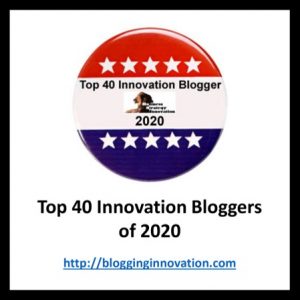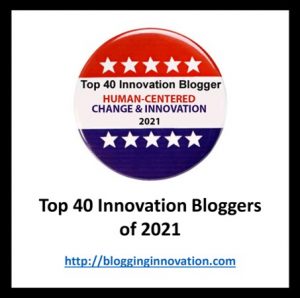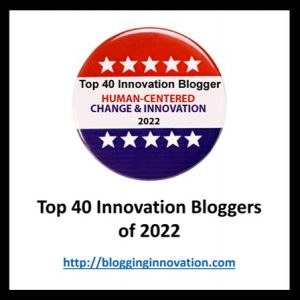
GUEST POST from Steve Blank
“A CEO running a B-to-B startup needs to live in the city where their business is – or else they’ll never scale.”
I was having breakfast with Erin, an ex-student, just off a red-eye flight from New York. She’s built a 65-person startup selling enterprise software to the financial services industry. Erin had previously worked in New York for one of those companies and had a stellar reputation in the industry. As one would expect, with banks and hedge funds as customers, the majority were based in the New York metropolitan area.
Where Are Your Biggest Business Deals?
Looking a bit bleary-eyed, Erin explained, “Customers love our product, and I think we’ve found product/market fit. I personally sold the first big deals and hired the VP of sales who’s building the sales team in our New York office. They’re growing the number of accounts and the deal size, but it feels like we’re incrementally growing a small business, not heading for exponential growth. I know the opportunity is much bigger, but I can’t put my finger on what’s wrong.”
Erin continued, “My investors are starting to get impatient. They’re comparing us to another startup in our space that’s growing much faster. My VP of Sales and I are running as fast as we can, but I’ve been around long enough to know I might be the ex-CEO if we can’t scale.”
While Erin’s main sales office is in New York, next to her major prospects and customers, Erin’s company was headquartered in Silicon Valley, down the street from where we were having breakfast. During the Covid pandemic, most of her engineering team worked remotely. Her inside sales team (Sales Development and Business Development reps) used email, phone, social media and Zoom for prospecting and generating leads. At the same time, her account executives were able to use Zoom for sales calls and close and grow business virtually.
There’s a Pattern Here
Over breakfast, I listened to Erin describe what at first seemed like a series of disconnected events.
First, a new competitor started up. Initially, she wasn’t concerned as the competitor’s product had only a subset of the features that Erin’s company did. However, the competitor’s headquarters was based in New York, and their VP of Sales and CEO were now meeting face-to-face with customers, most of whom had returned to their offices. While Erin’s New York-based account execs were selling to the middle tier management of organizations, the CEO of her competitor had developed relationships with the exec staff of potential customers. She lamented, “We’ve lost a couple of deals because we were selling at the wrong level.”
Second, Erin’s VP of sales had just bought a condo in Miami to be next to her aging parents, so she was commuting to NY four days a week and managing the sales force from Miami when she wasn’t in New York. Erin sighed, “She’s as exhausted as I am flying up and down the East Coast.”
Third, Erin’s account execs were running into the typical organizational speedbumps and roadblocks that closing big deals often encounter. However, solving them via email, Zoom and once-a-month fly-in meetings wasn’t the same as the NY account execs being able to say, “Hey, our VP of Sales and CEO are just down the street. Can we all grab a quick coffee and talk this over?” Issues that could have been solved casually and quickly ballooned into ones that took more work and sometimes a plane trip for her VP of Sales or Erin to solve.
By the time we had finished breakfast it was clear to me that Erin was the one putting obstacles in front of her path to scale. Here’s what I observed and suggested.
Keep Your Eye on The Prize
While Erin had sold the first deals herself, she needed to consider whether each deal happened because as CEO, she could call on the company’s engineers to pivot the product. Were the account execs in New York trying to execute a sales model that wasn’t yet repeatable and scalable without the founder’s intervention? Had a repeatable and scalable sales process truly been validated? Or did each sale require a heroic effort?
Next, setting up their New York office without Erin or her VP of Sales physically living in New York might have worked during Covid but was now holding her company back. At this phase of her company the goal of the office shouldn’t be to add new accounts incrementally – but should be how to scale – repeatably. Hiring account execs in an office in New York let Erin believe that she had a tested, validated, and repeatable sales playbook that could rapidly scale the business. The reality was that without her and the VP of Sales living and breathing the business in New York, they were trying to scale a startup remotely.
Her early customers told Erin that her company had built a series of truly disruptive financial service products. But now, the company was in a different phase – it needed to build and grow the business exponentially. And in this phase, her focus as a CEO needed to change – from searching for product/market fit to driving exponential growth.

Exponential Growth Requires Relentless Execution
Because most of her company’s customers were concentrated in a single city, Erin and her VP of Sales needed to be there – not visiting in a hotel room. I suggested that:
- Erin had to quickly decide if she wanted to be the one to scale the business. If not, her investors were going to find someone who could.
- If so, she needed to realize that she had missed an important transition in her company. In a high-dollar B-to-B business, building and scaling sales can’t be done remotely. And she was losing ground every day. Her New York office needed a footprint larger than she was. It needed business development and marketing people rapidly creating demand.
- Her VP of Sales might be wonderful, but with the all the travel the company is only getting her half-time. Erin needs a full-time head of sales in New York. Time to have a difficult conversation.
- Because she was behind, Erin needed to rent an apartment in New York for a year, and spend the next six months there and at least two weeks a month after that. Her goal was to:
- Validate that there was a repeatable sales process. It not, build one
- Build a New York office that could create a sales and marketing footprint without her presence. Only then could she cut back her time in the City.
- Finally, she needed to consider that if her customers were primarily in New York and the engineers were working remotely, why weren’t the company headquarters in New York?
I Hate New York
As we dug into these issues, I was pretty surprised to hear her say, “I spent a big part of my career in New York. I thought coming out to Stanford and the West Coast meant I could leave the bureaucracy of large companies and that culture behind. Covid let me do that for a few years. I guess now I’m just avoiding jumping back into an environment I thought I had left.”
We lingered over coffee as I suggested it was time for her to take stock of what’s next. She had something rare – a services company that provided real value with products that early customers loved. Her staff didn’t think they were joining a small business, neither did her investors. If she wasn’t prepared to build something to its potential, what was her next move?
Lessons Learned
- For a startup, the next step after finding product/market fit is finding a repeatable and scalable sales process
- This requires a transition to the relentless execution of creating demand and exponentially growing sales
- If your customers are concentrated in a city or region, you need to be where your customers are
- The CEO needs to lead this growth focus
- And then hand it off to a team equally capable and committed
The full article originally appeared on Steve Blank’s blog
Image credits: Pixabay, Steve Blank
 Sign up here to get Human-Centered Change & Innovation Weekly delivered to your inbox every week.
Sign up here to get Human-Centered Change & Innovation Weekly delivered to your inbox every week.

![]() Sign up here to join 17,000+ leaders getting Human-Centered Change & Innovation Weekly delivered to their inbox every week.
Sign up here to join 17,000+ leaders getting Human-Centered Change & Innovation Weekly delivered to their inbox every week.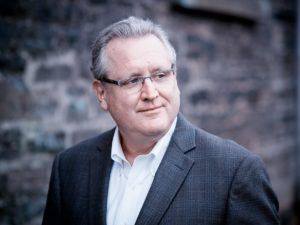 Conventional marketing wisdom says that communities are a great way to connect with your target audience in an engaging and meaningful way. Typical justifications for building communities include:
Conventional marketing wisdom says that communities are a great way to connect with your target audience in an engaging and meaningful way. Typical justifications for building communities include:

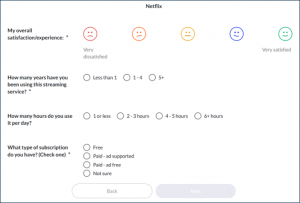

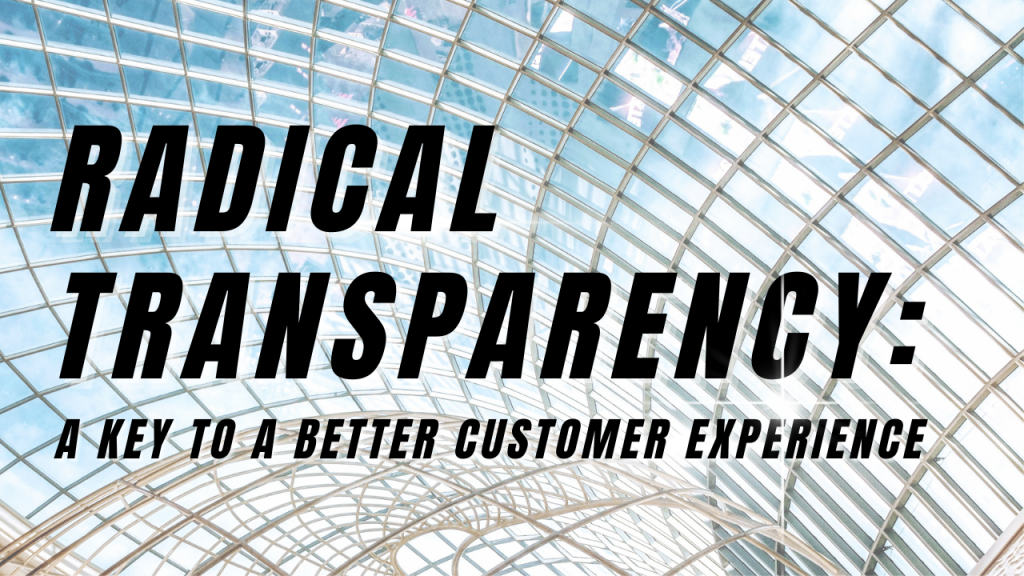




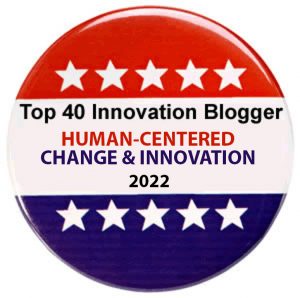 After a week of torrid voting and much passionate support, along with a lot of gut-wrenching consideration and jostling during the judging round, I am proud to announce your Top 40 Innovation Bloggers of 2022:
After a week of torrid voting and much passionate support, along with a lot of gut-wrenching consideration and jostling during the judging round, I am proud to announce your Top 40 Innovation Bloggers of 2022:

 Greg Satell is a popular speaker and consultant. His first book,
Greg Satell is a popular speaker and consultant. His first book,  Mike Shipulski brings together people, culture, and tools to change engineering behavior. He writes daily on Twitter as
Mike Shipulski brings together people, culture, and tools to change engineering behavior. He writes daily on Twitter as 




 A twenty-five year Procter & Gamble veteran, Pete has spent the last 8+ years applying insights from psychology and behavioral science to innovation, product design, and brand communication. He spent 17 years as a serial innovator, creating novel products, perfume delivery systems, cleaning technologies, devices and many other consumer-centric innovations, resulting in well over 100 granted or published patents. Find him at pete.mindmatters@gmail.com
A twenty-five year Procter & Gamble veteran, Pete has spent the last 8+ years applying insights from psychology and behavioral science to innovation, product design, and brand communication. He spent 17 years as a serial innovator, creating novel products, perfume delivery systems, cleaning technologies, devices and many other consumer-centric innovations, resulting in well over 100 granted or published patents. Find him at pete.mindmatters@gmail.com

 Soren Kaplan is the bestselling and award-winning author of Leapfrogging and The Invisible Advantage, an affiliated professor at USC’s Center for Effective Organizations, a former corporate executive, and a co-founder of
Soren Kaplan is the bestselling and award-winning author of Leapfrogging and The Invisible Advantage, an affiliated professor at USC’s Center for Effective Organizations, a former corporate executive, and a co-founder of 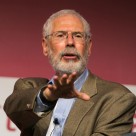
 Arlen Meyers, MD, MBA is an emeritus professor at the University of Colorado School of Medicine, an instructor at the University of Colorado-Denver Business School and cofounding President and CEO of the Society of Physician Entrepreneurs at
Arlen Meyers, MD, MBA is an emeritus professor at the University of Colorado School of Medicine, an instructor at the University of Colorado-Denver Business School and cofounding President and CEO of the Society of Physician Entrepreneurs at  Jesse Nieminen is the Co-founder and Chairman at
Jesse Nieminen is the Co-founder and Chairman at  As an experience architect, Alain helps leaders craft customer, employee and shareholder experiences for profit, reinvention and transformation. He does this through his personal consultancy Alain Thys & Co as well as the transformative venture studio
As an experience architect, Alain helps leaders craft customer, employee and shareholder experiences for profit, reinvention and transformation. He does this through his personal consultancy Alain Thys & Co as well as the transformative venture studio 
 Diana heads marketing at
Diana heads marketing at  Art Inteligencia is the lead futurist at Inteligencia Ltd. He is passionate about content creation and thinks about it as more science than art. Art travels the world at the speed of light, over mountains and under oceans. His favorite numbers are one and zero.
Art Inteligencia is the lead futurist at Inteligencia Ltd. He is passionate about content creation and thinks about it as more science than art. Art travels the world at the speed of light, over mountains and under oceans. His favorite numbers are one and zero.



 Dainora (a.k.a. Dee) creates customer-centric content at Viima. Viima is the most widely used and highest rated innovation management software in the world. Passionate about environmental issues, Dee writes about sustainable innovation hoping to save the world – one article at the time.
Dainora (a.k.a. Dee) creates customer-centric content at Viima. Viima is the most widely used and highest rated innovation management software in the world. Passionate about environmental issues, Dee writes about sustainable innovation hoping to save the world – one article at the time. Dr. Dean Anderson and Dr. Linda Ackerman Anderson lead
Dr. Dean Anderson and Dr. Linda Ackerman Anderson lead 
 Phil McKinney is the Author of “Beyond The Obvious”, Host of the Killer Innovations Podcast and Syndicated Radio Show, a Keynote Speaker, President & CEO CableLabs and an Innovation Mentor and Coach.
Phil McKinney is the Author of “Beyond The Obvious”, Host of the Killer Innovations Podcast and Syndicated Radio Show, a Keynote Speaker, President & CEO CableLabs and an Innovation Mentor and Coach.
 Dr. Ralph-Christian Ohr has extensive experience in product/innovation management for international technology-based companies. His particular interest is targeted at the intersection of organizational and human innovation capabilities. You can follow him on Twitter
Dr. Ralph-Christian Ohr has extensive experience in product/innovation management for international technology-based companies. His particular interest is targeted at the intersection of organizational and human innovation capabilities. You can follow him on Twitter 
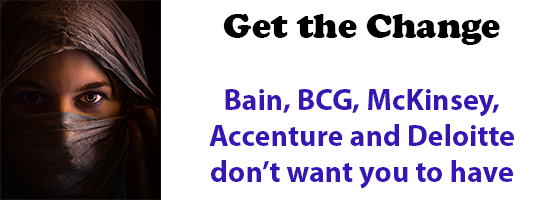


 Norbert Majerus is a popular keynote speaker and consultant. His latest book, Winning Innovation – How Innovation Excellence Propels an Industry Icon Toward Sustained Prosperity, is available now. Follow him on
Norbert Majerus is a popular keynote speaker and consultant. His latest book, Winning Innovation – How Innovation Excellence Propels an Industry Icon Toward Sustained Prosperity, is available now. Follow him on 
 Scott Anthony is a strategic advisor, writer and speaker on topics of growth and innovation. He has been based in Singapore since 2010, and currently serves at the Managing Director of Innosight’s Asia-Pacific operations.
Scott Anthony is a strategic advisor, writer and speaker on topics of growth and innovation. He has been based in Singapore since 2010, and currently serves at the Managing Director of Innosight’s Asia-Pacific operations. Paul Hobcraft runs
Paul Hobcraft runs 

 Rachel Audige is an Innovation Architect who helps organisations embed inventive thinking as well as a certified Systematic Inventive Thinking Facilitator, based in Melbourne.
Rachel Audige is an Innovation Architect who helps organisations embed inventive thinking as well as a certified Systematic Inventive Thinking Facilitator, based in Melbourne.